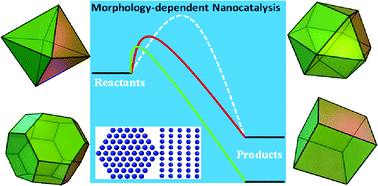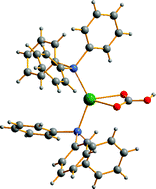 In this Dalton Transactions Hot Article, Graham Bowmaker from the University of Auckland and colleagues, synthesised three new disilver(I) carbonate/tertiary phosphine complexes.
In this Dalton Transactions Hot Article, Graham Bowmaker from the University of Auckland and colleagues, synthesised three new disilver(I) carbonate/tertiary phosphine complexes.
Solution and mechanochemical methods were used. The use of the mechanochemical synthesis demonstrates an additional aspect of this type of method. The study also demonstrates the value of ATR IR and CPMAS NMR for monitoring the progress of mechanochemical synthesis.
Read more for FREE until Tuesday 12th July:
Solution and mechanochemical syntheses, and spectroscopic and structural studies in the silver(I) (bi-)carbonate: triphenylphosphine system
Graham A. Bowmaker, Effendy, John V. Hanna, Peter C. Healy, Scott P. King, Claudio Pettinari, Brian W. Skelton and Allan H. White
Dalton Trans., 2011, Advance Article
DOI: 10.1039/C1DT10416K, Paper











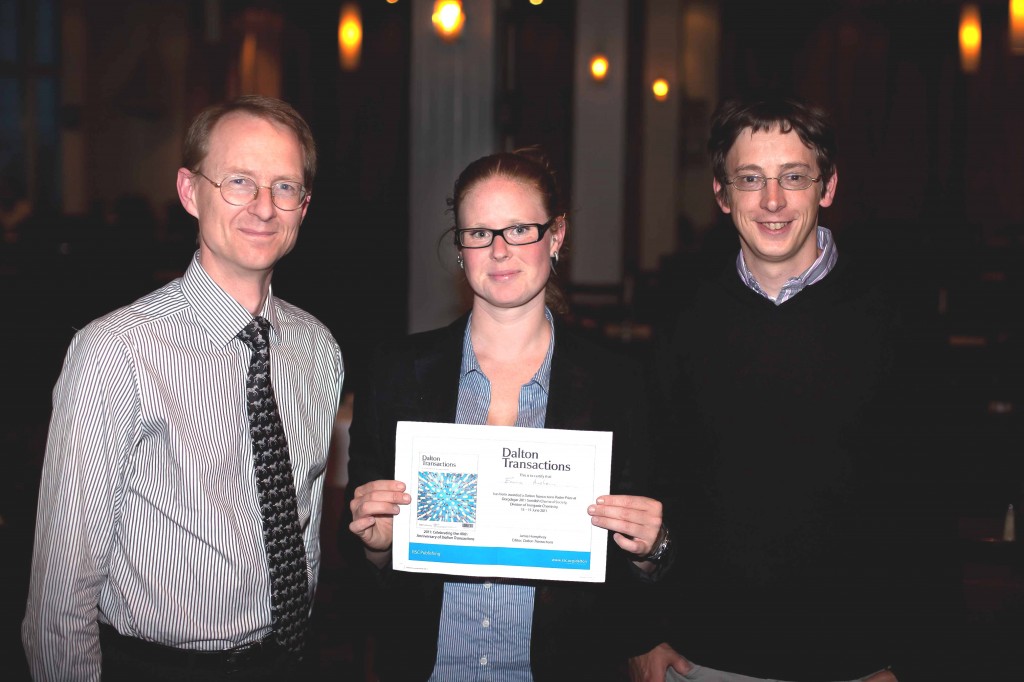
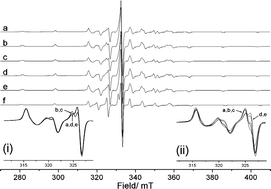 In this HOT article, the authors have extended their work in understanding enantioselective catalysis by coordination compounds. The role of steric hindrance in controlling the binding mode of propylene oxide to a novel vanadyl salen-type complex N,N‘-bis(5-tert-butylsalicylidene)-1,2-cyclohexanediamino-vanadium(IV) oxide, [VO(3)], has been investigated using CW/pulse EPR, ENDOR and HYSCORE spectroscopy and compared to that of the parent complex N,N‘-bis(3,5-di-tert-butylsalicylidene)-1,2-cyclohexanediamino-vanadium(IV) oxide, [VO(1)]. Removal of the ‘inner tert-butyl groups from the salicylidene rings reduces the steric hindrance between the ligand and epoxide substrate. As a result the selectivity for binding single enantiomers of propylene oxide in these complexes is reversed in [VO(3)] relative to [VO(1)].
In this HOT article, the authors have extended their work in understanding enantioselective catalysis by coordination compounds. The role of steric hindrance in controlling the binding mode of propylene oxide to a novel vanadyl salen-type complex N,N‘-bis(5-tert-butylsalicylidene)-1,2-cyclohexanediamino-vanadium(IV) oxide, [VO(3)], has been investigated using CW/pulse EPR, ENDOR and HYSCORE spectroscopy and compared to that of the parent complex N,N‘-bis(3,5-di-tert-butylsalicylidene)-1,2-cyclohexanediamino-vanadium(IV) oxide, [VO(1)]. Removal of the ‘inner tert-butyl groups from the salicylidene rings reduces the steric hindrance between the ligand and epoxide substrate. As a result the selectivity for binding single enantiomers of propylene oxide in these complexes is reversed in [VO(3)] relative to [VO(1)]. In this HOT article, the molecular structures of 1,2-closo-P2B10H10 (1) and 1,2-closo-As2B10H10 (2) have been determined by gas electron diffraction and the results obtained compared with those from computation at the MP2/6-31G** level of theory. The first examples of metalladiphosphaboranes and a considerable extension of the range of known metalladiarsaboranes, these compounds being prepared from deboronated derivatives of 1 and 2, respectively, are also reported.
In this HOT article, the molecular structures of 1,2-closo-P2B10H10 (1) and 1,2-closo-As2B10H10 (2) have been determined by gas electron diffraction and the results obtained compared with those from computation at the MP2/6-31G** level of theory. The first examples of metalladiphosphaboranes and a considerable extension of the range of known metalladiarsaboranes, these compounds being prepared from deboronated derivatives of 1 and 2, respectively, are also reported. A N^N Pt(II) bis(acetylide) complex containing coumarin was prepared in this Dalton Transactions Hot article.
A N^N Pt(II) bis(acetylide) complex containing coumarin was prepared in this Dalton Transactions Hot article.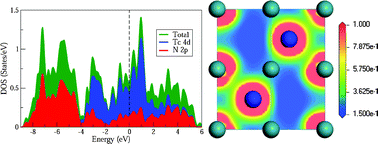 The most stable crystal structures of different TCN compounds are investigated in this Dalton Transactions Hot article.
The most stable crystal structures of different TCN compounds are investigated in this Dalton Transactions Hot article. Our Editorial Board member, Professor Ian Manners from Bristol University has been made a fellow of the Royal Society. The Royal Society is the oldest scientific academy in the world, and being elected as a fellow is a great honour.
Our Editorial Board member, Professor Ian Manners from Bristol University has been made a fellow of the Royal Society. The Royal Society is the oldest scientific academy in the world, and being elected as a fellow is a great honour.
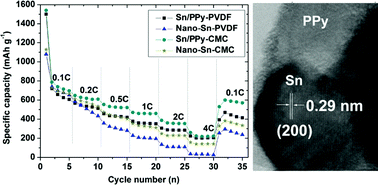 Rechargeable lithium-ion batteries (LIBs) have successfully dominated the commercial power supply market for advanced portable electronics. In this regard, metallic Sn has attracted a great deal of interest as an anode material because of its high theoretical capacity offering a significant advantage over the currently used graphite but until now has not been utilized due to the huge volumetric changes during Li-insertion/extraction cycling, which leads to rapid pulverization and poor cyclability of the materials.
Rechargeable lithium-ion batteries (LIBs) have successfully dominated the commercial power supply market for advanced portable electronics. In this regard, metallic Sn has attracted a great deal of interest as an anode material because of its high theoretical capacity offering a significant advantage over the currently used graphite but until now has not been utilized due to the huge volumetric changes during Li-insertion/extraction cycling, which leads to rapid pulverization and poor cyclability of the materials. 